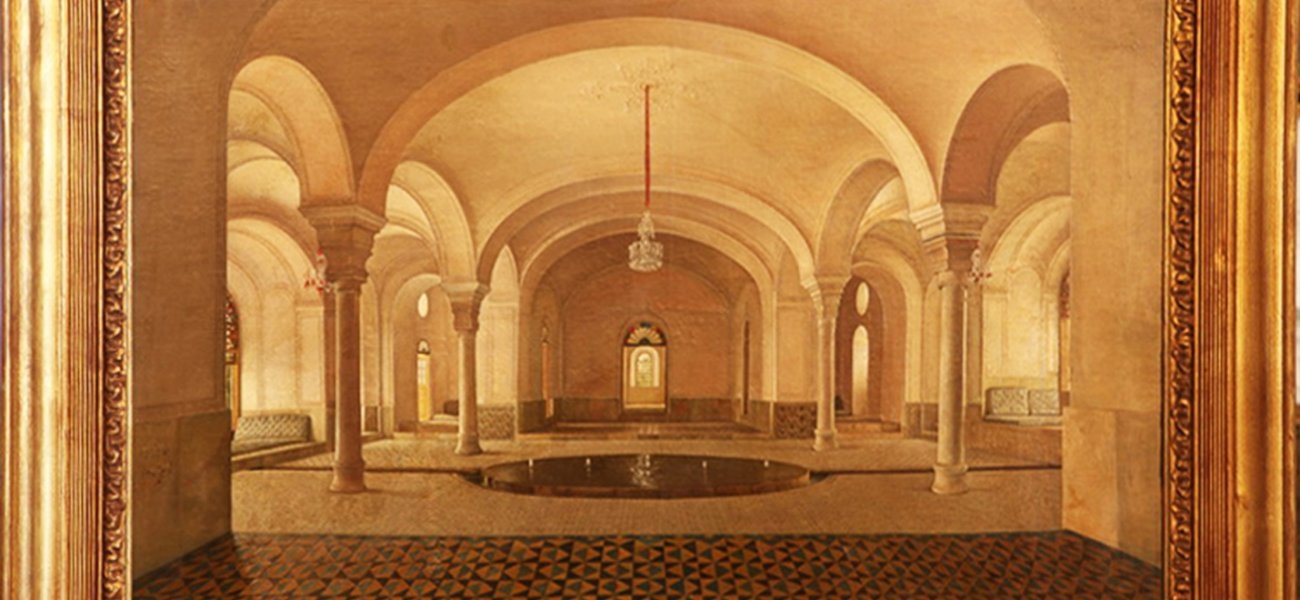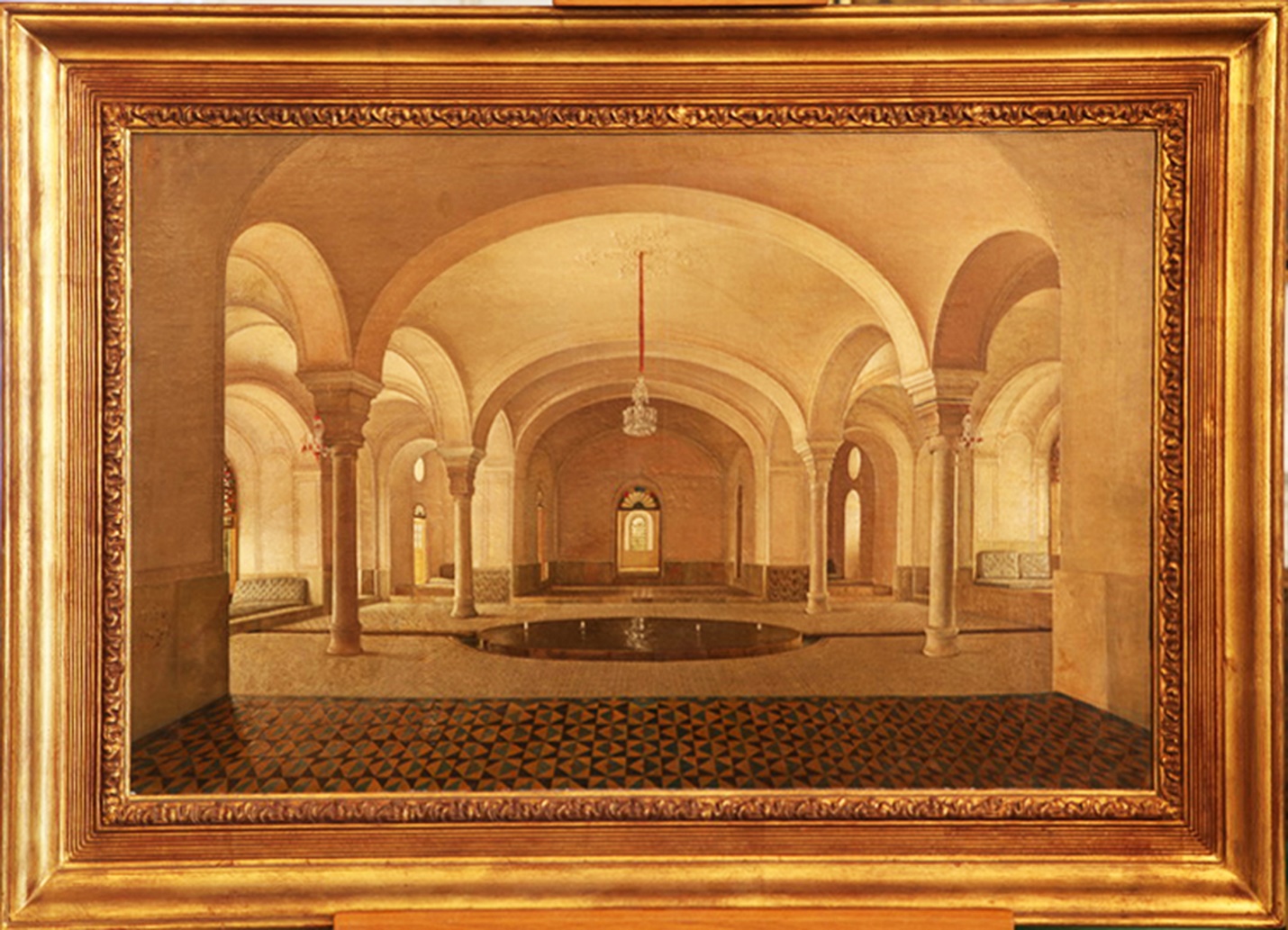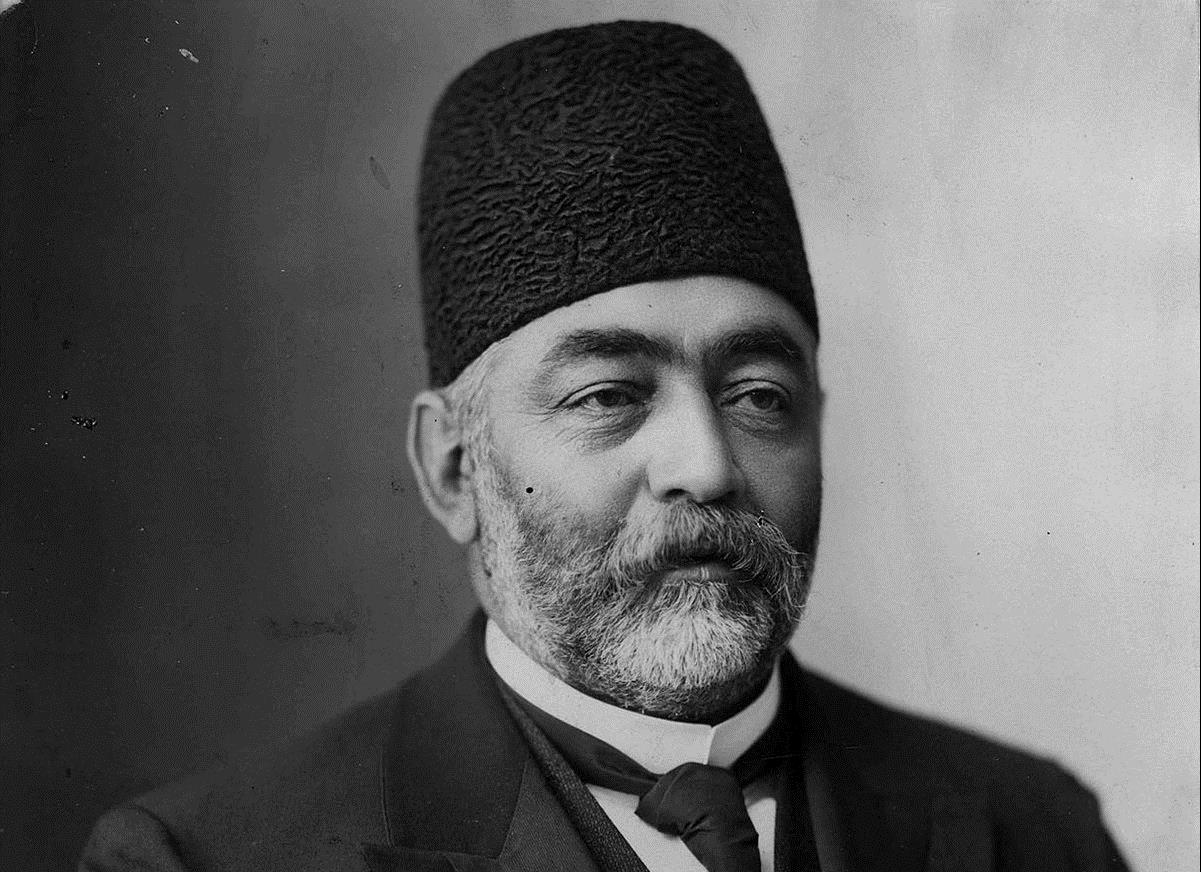Hour 13:30
21 Oct 25

After the death of Mohammad Shah, his young son, Naser al-Din Mirza, ascended the throne with the remarkable efforts of his mother, Mahd-e Olia, and took fortune and sovereignty into his hands. Mahd-e Olia, who according to most accounts was not too fond of her husband, Mohammad Shah, had placed all her hopes and dreams in her budding son, Naser al-Din Mirza. She had long awaited this day, striving to guide her beloved child safely through the storms of events, intrigues, hostility, and conspiracies of the rivals, until he reached his destined goal: succeeding Mohammad Shah.
In the Qajar period, the crown prince was kept in Tabriz under protection and instruction, where all his education and physical and spiritual upbringing was entrusted to a wise and competent elder called Atabak (meaning guardian or tutor), a term from the Turkish Atabeig, meaning “lord father.” Naser al-Din Mirza’s Atabak was Mirza Taqi Khan, who later earned the title Amir Nezam and eventually became famous as Amir Kabir, whose legacy in Iran’s modern history is remembered for wisdom and statesmanship.
When news of Mohammad Shah’s death spread, Mahd-e Olia herself took power in Tehran and sent word to Tabriz that Naser al-Din Mirza should set out for Tehran accompanied by Amir Kabir. Mohammad Shah had died in the Mohammadieh Palace in Asadabad, Zafaraniyeh, west of Tajrish. The young shah, however, did not wish to live in the very place where his father had passed away, and the shortage of water at that fortress-like residence didn’t make it any more appealing. At the same time, Mahd-e Olia was deeply fearful of court conspiracies and intrigues within the royal harem. Thus, without hesitation, she brought Naser al-Din Mirza to the summer garden and residence of Niavaran, which lay next to a village belonging to herself. Compared to other palaces and pavilions, it was far more secure, as its people were her own subjects and more loyal to her than others.
Earlier, part of Naser al-Din Shah’s wedding ceremonies, during his time as crown prince, had been held in this very garden because of the summer heat in Tehran. His affection for the Niavaran garden and palace grew so strong that for all his life, he never grew as attached to any other residence in Tabriz, Tehran, or Shemiran. It is said that Niavaran held for him the same significance that the Qajar Palace had for Fath-Ali Shah and the Mohammadieh Palace for Mohammad Shah: a residence of his own, not inherited from predecessors. As Naser al-Din Mirza—now known as Naser al-Din Shah—gradually consolidated his reign, the summer garden and residence of Niavaran took on the form of a palace, a royal household, and a summer retreat for the shah, his courtiers, and his harem.
As his long reign continued, the new palace there came to be called the Sahebqaraniyeh Palace, meaning the palace of a ruler whose reign had surpassed thirty years.
At that time, the Sahebqaraniyeh Palace stood almost in the middle of the garden, dividing it into northern, southern, eastern, and western parts. It is not precisely known where the harem was located, since major changes were made to the garden and its buildings during the Pahlavi era. That being said, it seems likely that the northern part of the garden was where the harem and royal women resided, because we know that due to the slope of the land and the vantage point of the neighboring villages higher up, the residents there were relocated, resettled in the Bu‘ali enclosure on the southern side of the Niavaran garden.
The southern area—which is known today as Niavaran Park—had a natural slope, facing the plains and fully exposed to sunlight and the summer heat. Thus, it was not especially suitable for the residence or leisure of the shah, his courtiers, or the royal family. Unlike the northern garden which served for festivities and official ceremonies such as the salam-e ‘am (public audience), the southern garden never held such functions.
The water from four qanats emerged from the northern side of the estate, flowed into the pool house of the Sahebqaraniyeh Palace, and exited from its southern side. It then cascaded down the flight of steps in the south of the palace, passing from pool to pool, until it descended into the southern garden.

Caption: The Pool House of the Sahebqaraniyeh Palace in 1301 AH / 1883 AD; painted by Kamal al-Molk; oil on canvas; preserved at the Sahebqaraniyeh Palace within the Niavaran Cultural-Historical Complex.
As the shah gradually grew older, his interest in the southern garden faded, for neither the royal harem resided there nor did its trees provide shade with the same quality as those of the northern grounds. At that time, the affairs of the state were managed by the grand vizier of the period, Mirza Ali-Asghar Khan Atabak, Amin al-Soltan, who had a great appetite and passion for landownership.

Caption: Mirza Ali-Asghar Khan Atabak Amin al-Soltan (Grand Vizier)
This excessive passion for acquiring gardens and lands turned him into one of the greatest landlords and wealthy men of the entire Qajar era. It is unclear by what arrangement or in return for which service the southern lands of the Sahebqaraniyeh were granted to Amin al-Soltan. But we do know that, soon afterward, at least the southwestern lands—where the Niavaran Cultural Centre and its surrounding vast garden now stand—passed into the hands of a very shrewd and clever eunuch named Aziz Khan Nada’i.
Aziz Khan was one of the eunuchs of the Qajar court who, because of his closeness to Amin al-Soltan, himself became one of the major landlords and wealthy figures of Qajar history. From childhood, after being castrated and turned into a eunuch, he lived in the inner quarters of Naser al-Din Shah. When Amin al-Soltan realized Aziz Khan’s cunning, he drew him into his circle and appointed him to report on the events inside the royal harem and on what transpired among the shah’s women.
Naser al-Din Shah, astonished and angered at how news of his inner household was leaking outside and reaching Amin al-Soltan, eventually discovered, after investigation, that the secret informant in the harem was none other than Aziz Khan the eunuch. For this reason, he expelled Aziz Khan from the harem and handed him over to Amin al-Soltan.
Gradually, since almost all affairs of the state could only be carried out through Amin al-Soltan, people began to use Aziz Khan as an intermediary between themselves and the grand vizier for major undertakings. Regardless of what the matter was, Aziz Khan took his share of commission (kar-chagh-koni, “fixer’s fee”). Moreover, many individuals, aware of Aziz Khan’s favoured position with Amin al-Soltan, also offered him sums of money out of flattery or to gain advantage. Thus, it did not take long for him to become one of the largest landowners and wealthiest men of Tehran—owning the finest and most desirable estates around the city (areas that today form part of Tehran and Shemiran), the best jewels, the highest-quality carpets, the most luxurious furniture, several grand mansions, and a very extensive private park.
Despite his immense wealth and numerous estates, Aziz Khan the eunuch, because of his condition, his lack of desire for women, and his inability to have children, had no wife or offsprings. For this reason, it was uncertain what would become of his vast wealth and properties after his death, and to whom they would pass on. Although during his lifetime he dedicated part of his wealth and estates to charitable and public causes, after his death a will was discovered in which he had donated all his possessions to charitable endowments (waqf), appointing the reigning shah as the custodian of those endowments.
During the reign of Reza Shah, invoking this clause in the endowment document, he assumed control of Aziz Khan Nada’i’s waqf properties. Aziz Khan’s grand private garden and mansion were converted into a sanatorium for tuberculosis patients. Later, due to the unsuitable proximity of a tuberculosis and pulmonary hospital to the residence of the Pahlavi shah, the hospital was demolished, and in its place the Niavaran Cultural Center was established.